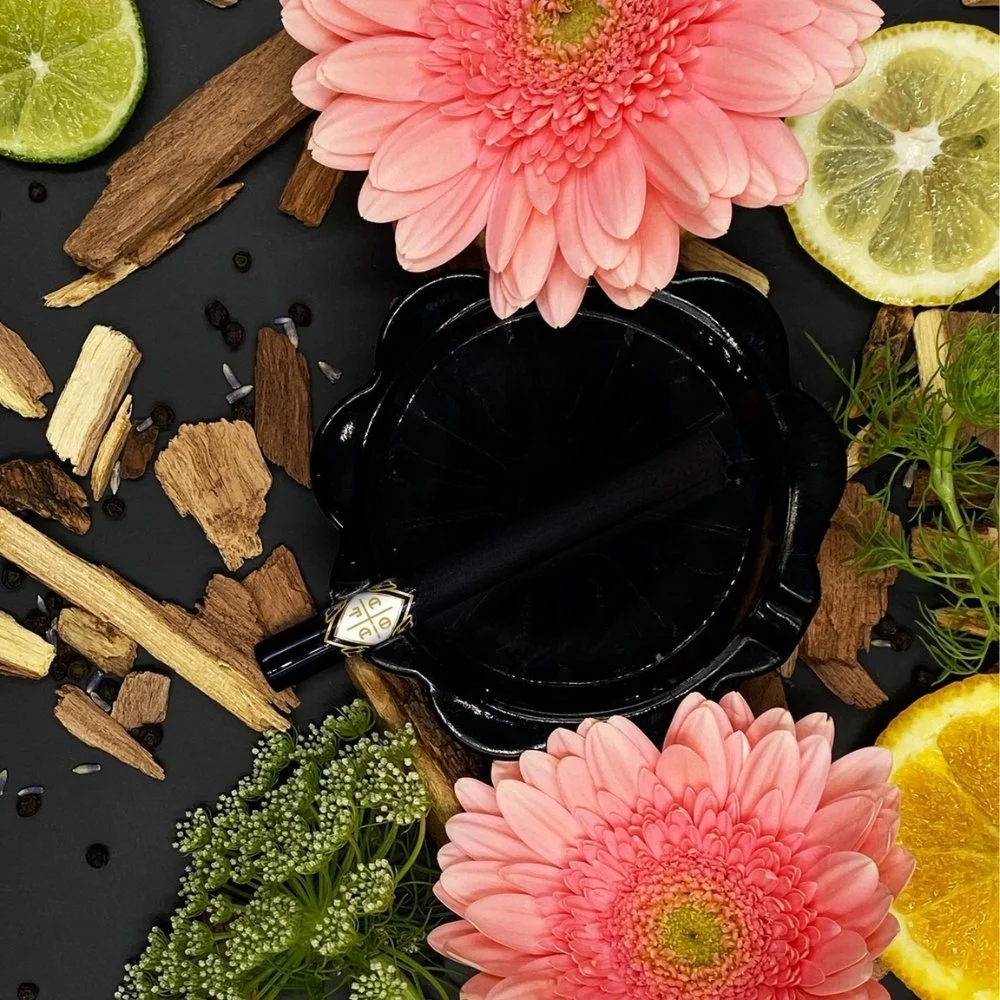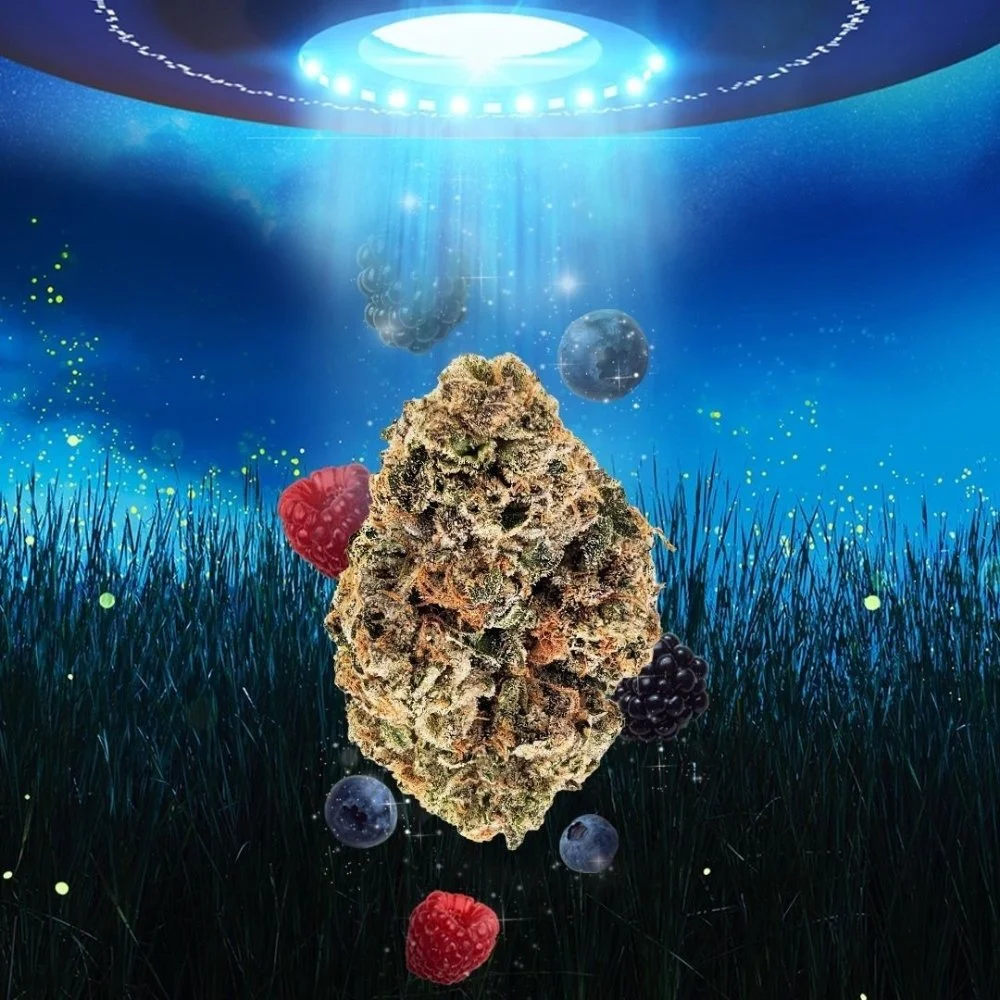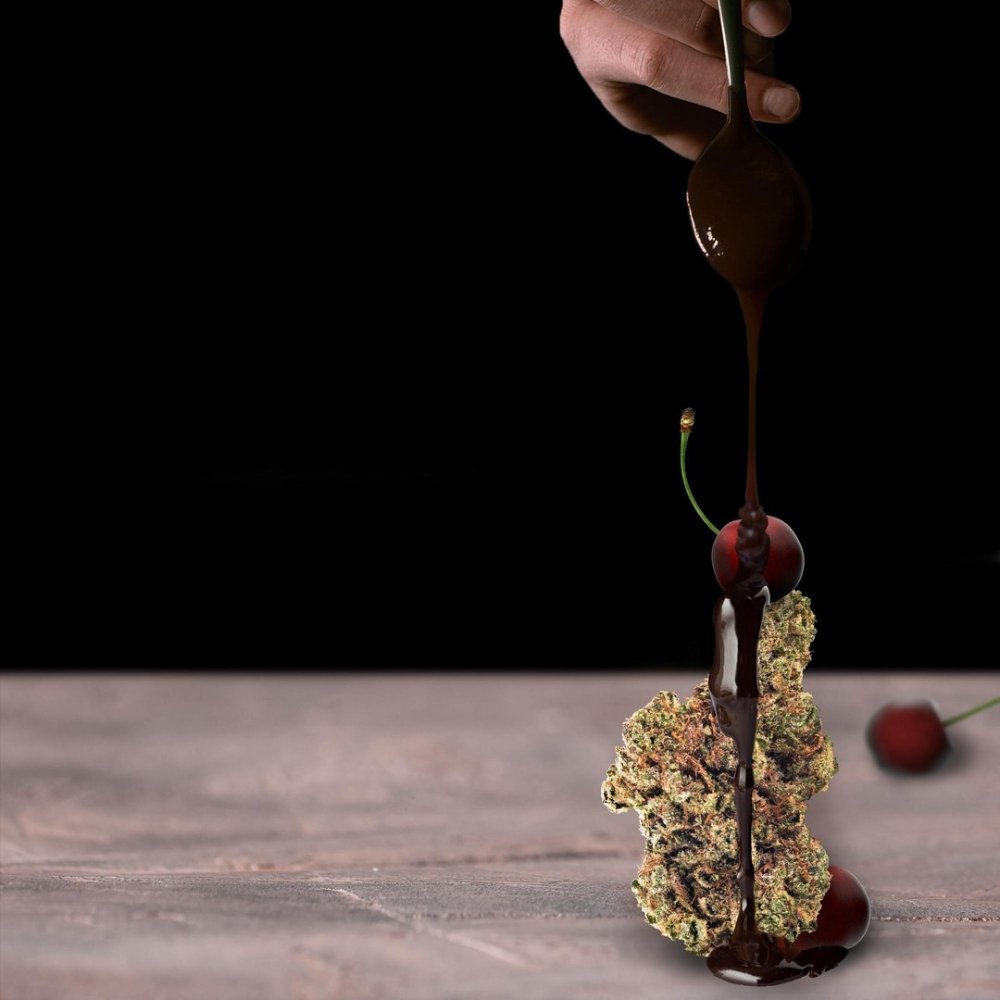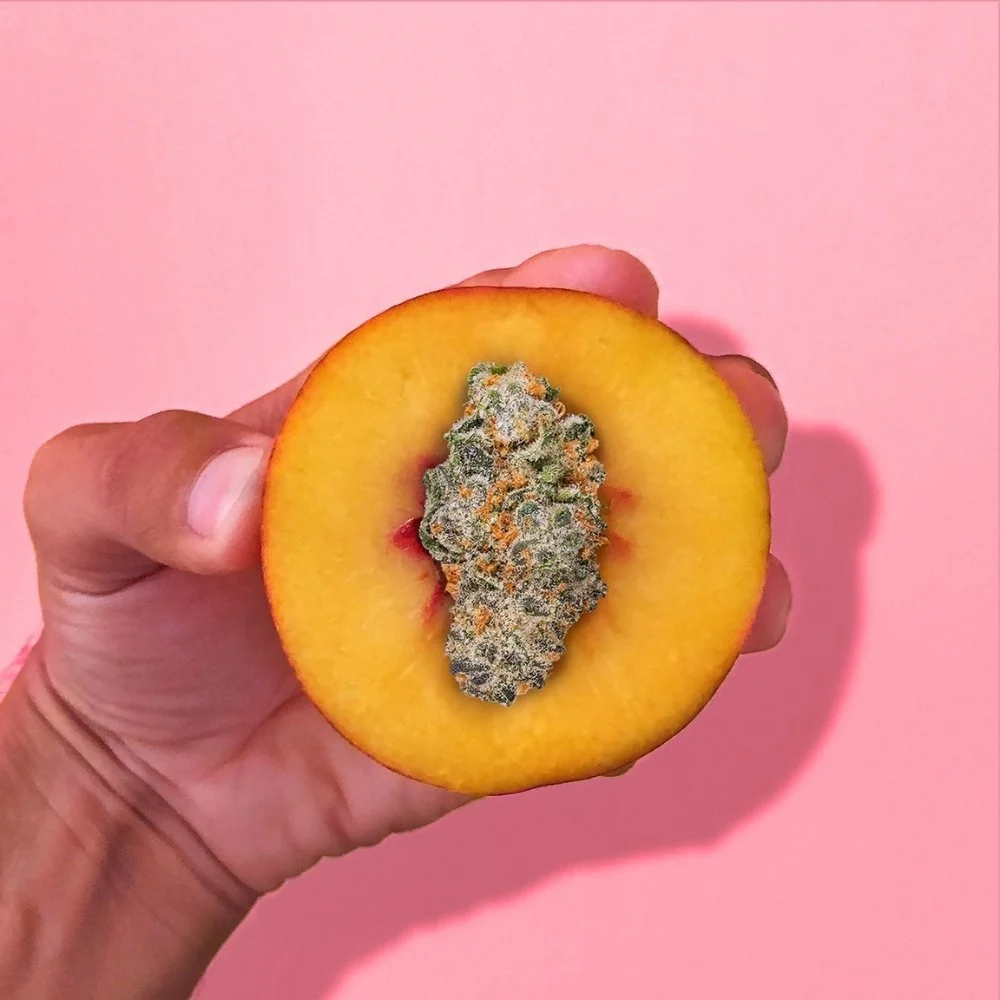How to Taste Your Buds: A Cannabis Tasting Guide
Sounds strange, right? You don’t exactly eat raw cannabis, so why would you want to know how to taste it? And what does weed taste like? Well, think of cannabis like a fine wine. Consuming it is an entire experience. When you gulp a glass of wine, you don’t really appreciate its complex layers. The nutty oak flavor is lost on your palate if you aren’t paying attention.
The same is true for cannabis. If you are just flicking a light on top of a bowl and puffing, you might miss a part of the experience. Cannabis offers so much depth in flavor and aroma, and there is a proper way to taste it. Let’s look at how to enjoy your next session in a new way.
What Does Weed Taste Like?
It seems like a simple question, but it’s hard to put your finger on it. Weed tastes like….weed. It’s a flavor and aroma all its own. Yet, there are words to describe its essence, and you’ve probably noticed themes across strains. For example, Kush family genetics are well known for their earthy, diesel flavors with floral or citrus undernotes. Haze strains are brighter, with more citrus, herbal, and sweet profiles.
Truthfully, weed tastes like a lot of things. It’s floral, astringent, minty, spicy, gassy, musky, herbaceous, sweet, and sour. It’s cannabis. And it tastes incredible.
What Determines the Flavor and Effect of Cannabis?
Humans have used cannabis for thousands of years, and the plant's flowers have various uses. You can eat them, smoke them, vaporize them or turn them into various topicals and full-spectrum oils. However, many people don't realize that cannabis has a distinct flavor and aroma that varies depending on where it was grown and how it was processed. Some strains are sweeter than others, while some might be more floral; this is determined by which terpenes are present in each strain.
Terpenes are compounds in the essential oils of cannabis, responsible for the flavor and aroma of cannabis. They are found in varying combinations alongside cannabinoids like THC and CBD, and together, these compounds provide the strain’s unique effects. But when it comes to tastes, it’s all thanks to the mighty terpenes. For example, citrusy flavors come from Limonene, while spicy notes are often thanks to Caryophyllene. There are many terpenes, and they all blend to create that hard-to-put-your-finger-on flavor.
Yet, once you get really good at tasting weed, you’ll start to pick up key scents. When you taste buds from different strains side by side, you'll notice that they all have their own distinct smells. For example, Sour Diesel has a lemon-like scent. Blue Dream smells like blueberries, and OG Kush is known to have an earthy aroma with notes of pine needles. Strawberry Cough is sweet with hints of strawberries, while Gelato #42 tastes like mint chocolate chip ice cream. While some people may claim that taste isn't necessary when choosing between strains (e.g., "it's all good"), it's actually very helpful when determining how each one affects you because of the terpene and cannabinoid profiles.
How to Taste Cannabis
Before you can start your tasting, you need some quality cannabis! Check out our top-shelf flower that is always bursting with terpenes. Then, get ready to follow our four-step tasting guide.
Step 1: Appearance
First, take a good look at your bud. Notice the shape, density, and coloring. Are there many crystalline trichomes? What color are they? Give it a gentle squeeze and take note of its thickness and moisture level.
Step 2: Aroma
Now it’s time to take a good sniff. To do this, put your nose inside the storage container and take a slow, deep inhale. Let the terpenes do the talking as you close your eyes and focus on the scent. Repeat this step a few times and really let your nose do the work. Are you picking up piney? Lemon? Mango? Take note.
Step 3: Flavor
Time to take a bit out of that bud! Okay, not a full bite, but just a tiny little nibble between your front teeth. Use the tip of your tongue to help you investigate the flavors as you break up the plant matter. Is it sweet? Bitter? Herbal? How does it compare to the scent?
There is one more way to experience the flavor before lighting a bowl or pre-roll—the dry inhale. Pack your bowl or roll your joint, and take a puff without lighting it. This is an excellent way to bring flavor into your mouth without the addition of smoke. Now you are exploring deeper layers. Maybe the spiciness turned out to be gingery, and the herbal aroma tastes more like fresh thyme.
Step 4: Experience
Now for the best part. Once you’re ready, spark it up and inhale slowly. Let the smoke fill your mouth for a moment before you exhale. Notice the difference in flavor between the inhale and exhale. Then, take note of how the high begins, whether it’s behind the eyes, in your shoulders relaxing, or a feeling of complete bliss.
Record Your Findings
So, what does weed taste like? Now you know how to properly find out. As you explore cannabis more deeply, consider writing your notes down in a journal. Pay attention to the evolution of the experience, and record important information like strain names, cannabinoid percentages, and terpene profiles. Note the high, how long it lasted, and what you liked or didn’t like. Now you’re officially a cannabis connoisseur!




